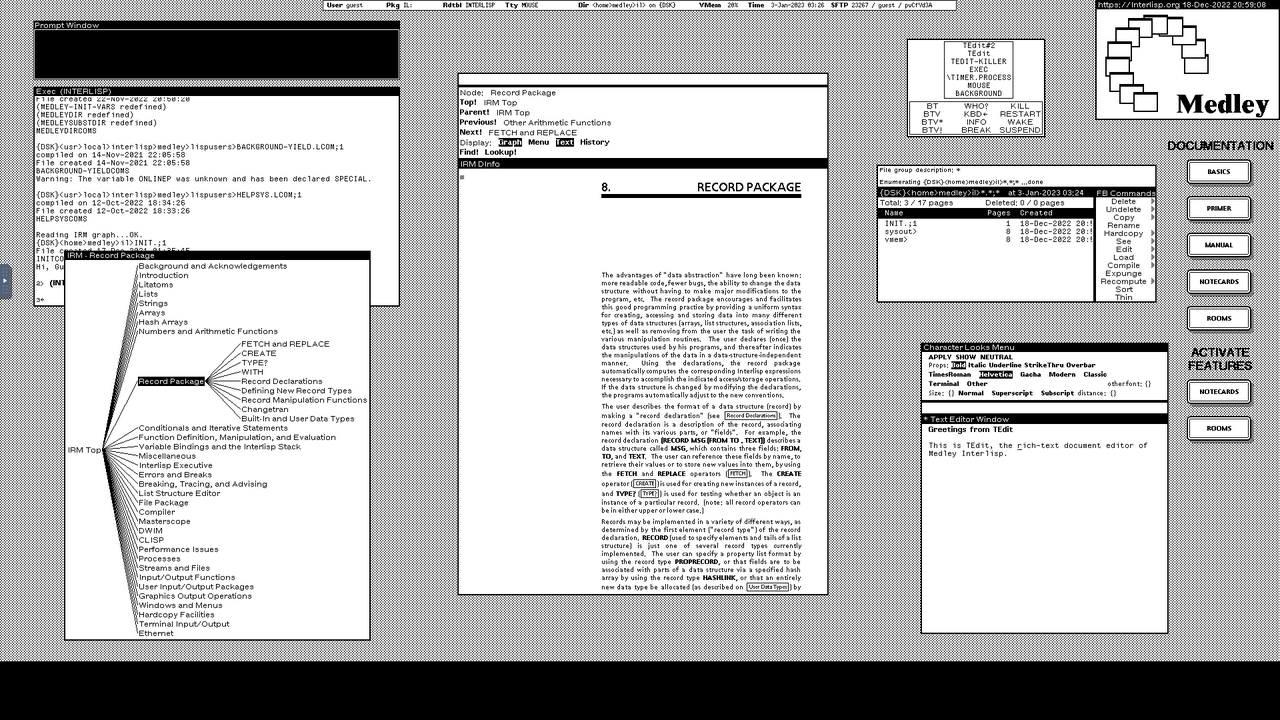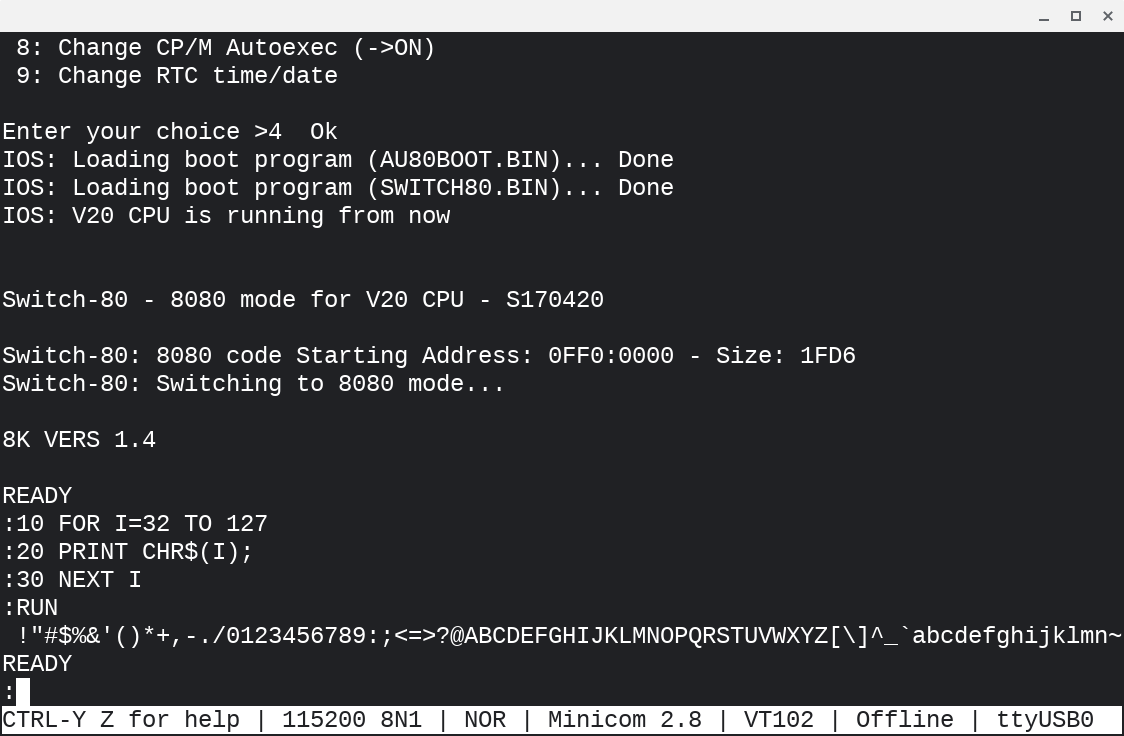Rediscovering the origins of my Lisp journey
My journey to Lisp began in the early 1990s. Over three decades later, a few days ago I rediscovered the first Lisp environment I ever used back then which contributed to my love for the language. Here it is, PC Scheme running under DOSBox-X on my Linux PC:
Using PC Scheme again brought back lots of great memories and made me reflect on what the environment taught me about Lisp and Lisp tooling.
As a Computer Science student at the University of Milan, Italy, around 1990 I took an introductory computers and programming class taught by Prof. Stefano Cerri. The textbook was the first edition of Structure and Interpretation of Computer Programs (SICP) and Texas Instruments PC Scheme for MS-DOS the recommended PC implementation. I installed PC Scheme under DR-DOS on a 20 MHz 386 Olidata laptop with 2 MB RAM and a 40 MB hard disk drive.
Prior to the class I had read about Lisp here and there but never played with the language. SICP and its use of Scheme as an elegant executable formalism instantly fascinated me. It was Lisp love at first sight.
The class covered the first three chapters of the book but I later read the rest on my own. I did lots of exercises using PC Scheme to write and run them.
Soon I became one with PC Scheme.
The environment enabled a tight development loop thanks to its Emacs-like EDWIN editor that was well integrated with the system. The Lisp awareness of EDWIN blew my mind as it was the first such tool I encountered. The editor auto-indented and reformatted code, matched parentheses, and supported evaluating expressions and code blocks. Typing a closing parenthesis made EDWIN blink the corresponding opening one and briefly show a snippet of the beginning of the matched expression.
Paying attention to the matching and the snippets made me familiar with the shape and structure of Lisp code, giving a visual feel of whether code looks syntactically right or off. Within hours of starting to use EDWIN the parentheses ceased to be a concern and disappeared from my conscious attention. Handling parentheses came natural. I actually ended up loving parentheses and the aesthetics of classic Lisp.
Parenthesis matching suggested me a technique for writing syntactically correct Lisp code with pen and paper. When writing a closing parenthesis with the right hand I rested the left hand on the paper with the index finger pointed at the corresponding opening parenthesis, moving the hands in sync to match the current code. This way it was fast and easy to write moderately complex code.
PC Scheme spoiled me and set the baseline of what to expect in a Lisp environment.
After the class I moved to PCS/Geneva, a more advanced PC Scheme fork developed at the University of Geneva. Over the following decades I encountered and learned Common Lisp, Emacs, Lisp, and Interlisp. These experiences cemented my passion for Lisp.
In the mid-1990s Texas Instruments released the executable and sources of PC Scheme. I didn't know it at the time, or if I noticed I long forgot. Until a few days ago, when nostalgia came knocking and I rediscovered the PC Scheme release.
I installed PC Scheme under the DOSBox-X MS-DOS emulator on my Linux Mint Cinnamon PC. It runs well and I enjoy going through the system to rediscover what it can do.
Playing with PC Scheme after decades of Lisp experience and hindsight on computing evolution shines new light on the environment.
I didn't fully realize at the time but the product packed an amazing value for the price. It cost $99 in the US and I paid it about 150,000 Lira in Italy. Costing as much as two or three texbooks, the software was affordable even to students and hobbyists.
PC Scheme is a rich, fast, and surprisingly capable environment with features such as a Lisp-aware editor, a good compiler, a structure editor and other tools, many Scheme extensions such as engines and OOP, text windows, graphics, and a lot more. The product came with an extensive manual, a thick book in a massive 3-ring binder I read cover to cover more than once. A paper on the implementation of PC Scheme sheds light on how good the system is given the platform constraints.
Using PC Scheme now lets me put into focus what it taught me about Lisp and Lisp systems: the convenience and productivity of Lisp-aware editors; interactive development and exploratory programming; and a rich Lisp environment with a vast toolbox of libraries and facilities — this is your grandfather's batteries included language.
Three decades after PC Scheme a similar combination of features, facilities, and classic aesthetics drew me to Medley Interlisp, my current daily driver for Lisp development.
Discuss... Email | Reply @amoroso@oldbytes.space



